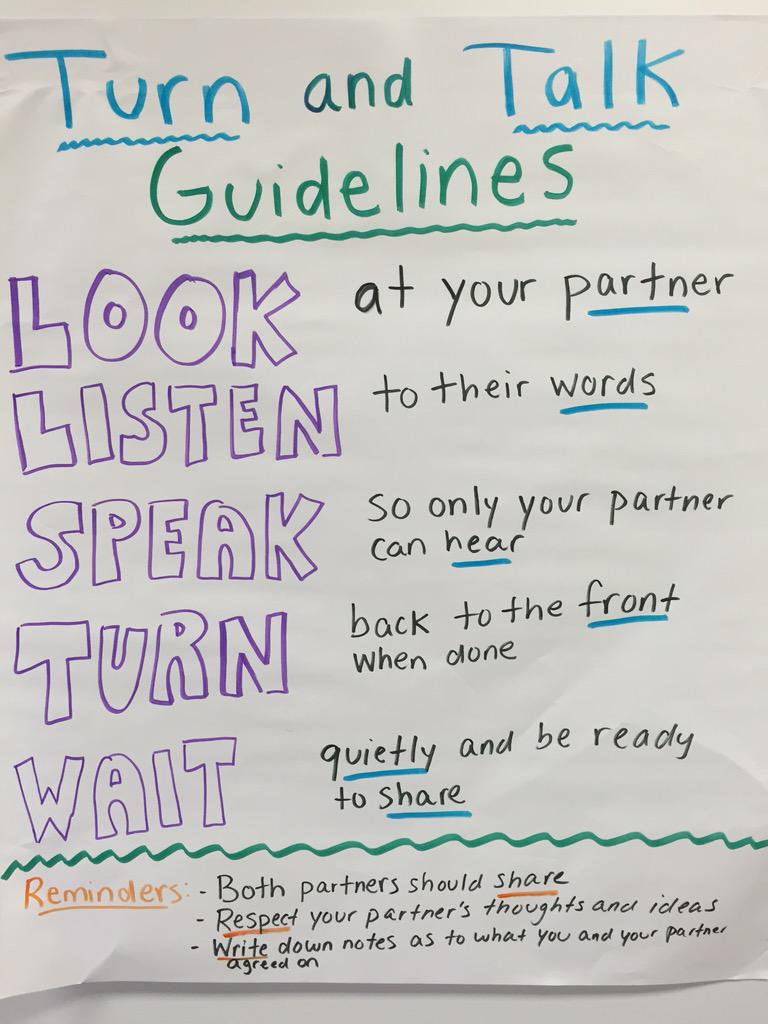This essay was originally written in 2013.
In “Student-Directed Written Inquiry: Transferring Ownership to Students,” Brenda A. Shearer discusses an alternative to content area writing. Shearer particularly discusses a “framework of inquiry called RAFT – Role, Audience, Format, Topic” (210). She includes various strategies that potentially improve the skills of writers. Through her examples and ideas, Shearer instantly sold me on the RAFT framework. The ideas presented in her piece show that RAFT can easily be implemented into a classroom since it gives students more writing options and ownership.
Choosing a role begins the framework, as students decide who they will be (211). The role may include anything, such as a particular person or a concrete object like a coffee pot. I love the fact that students can pick the most absurd role, but turn it into a magnificent piece of writing with a new and unique perspective. Too often, students write from a similar point of view. Using different roles expands the possibilities. In addition, I believe that the concept of “role-choosing” is important for developing students into critical thinkers. Students are able to walk in the shoes of another through this strategy. They can think outside the box and look at something in a way that they never have before.
Next, students select their audience, or who they intend to write to (211). In a regular setup, students typically make the teacher their primary audience (218). Having the teacher as an audience really takes away from a piece, in my opinion. Through RAFT, students are able to make their audience more specific and relevant to their piece. I think it is important to target various audiences since it is a large part of the writing experience. Different cases cause for different audiences. Students need to learn how to adapt to various audiences, so selecting an audience is perfect practice. Audience selection also makes the piece more personal, easier to relate to, and more enjoyable for the reader. Shearer was spot on when she talked about the importance of audience framework. The pattern continues as a similar thought can be applied to format.
Format tells how students will present their writing (211). This could be in the form of an essay, letter, or something out of the ordinary such as an obituary. Format was something that I never considered before, but Shearer convinced me that format is important because it changes the aspect of an entire piece. Also, format is an important concept so students can learn that there are various forms of writing besides the traditional five paragraph essay. By tinkering with different formats, students will eventually develop an understanding about which format best fits certain topics or situations. Varying formats also makes writing more appealing. I believe students will enjoy writing more if they can use a nontraditional format. I also feel that varying and choosing format is key for differentiation in the classroom. English language learners or students with disabilities can greatly benefit from choosing format since it appeals to different styles of learners, as students can pick formats such as cartoons, plays, or poetry.
As far as topics go, RAFT stresses that students should choose their own topics, rather than being assigned (p. 211). Teachers show that they trust their students by giving them the opportunity to choose their own topics (p. 215). Students are definitely more engaged in the writing process if they have the ability to choose their own topics. By writing about topics that they enjoy, voice is stronger because students are passionate about the topic they already know. Being assigned an uninteresting topic certainly takes away the heart and soul of a piece.
Shearer's activities can easily be applied to the classroom. Shear provides many strategies that can be adapted and used for the writing process. Expanding brainstorming activities is a significant idea that Shearer discusses. She focuses on asking questions that lead to the writing process. Shearer guides students to asking good questions, transitioning from questioning to inquiry charts. I believe an important part of critical thinking is asking questions, and through Shearer's ideas, this can be accomplished. The inquiry chart allows students to keep those questions organized, and also answer them along the way. These brainstorming ideas can be applied to a classroom in order to help students improve their questioning and critical thinking skills, in addition to clearing up confusion.
Brenda Shearer provides a new framework for writing. I agree with her concept that there is a time to step away from the traditional content area writing. By using the role, audience, format, and topic framework, students will be more engaged and greatly improve their writing. They will become better questioners through brainstorming and better critical thinkers altogether. Applying Shearer's concepts into a classroom will create stronger writers and a better writing community.














